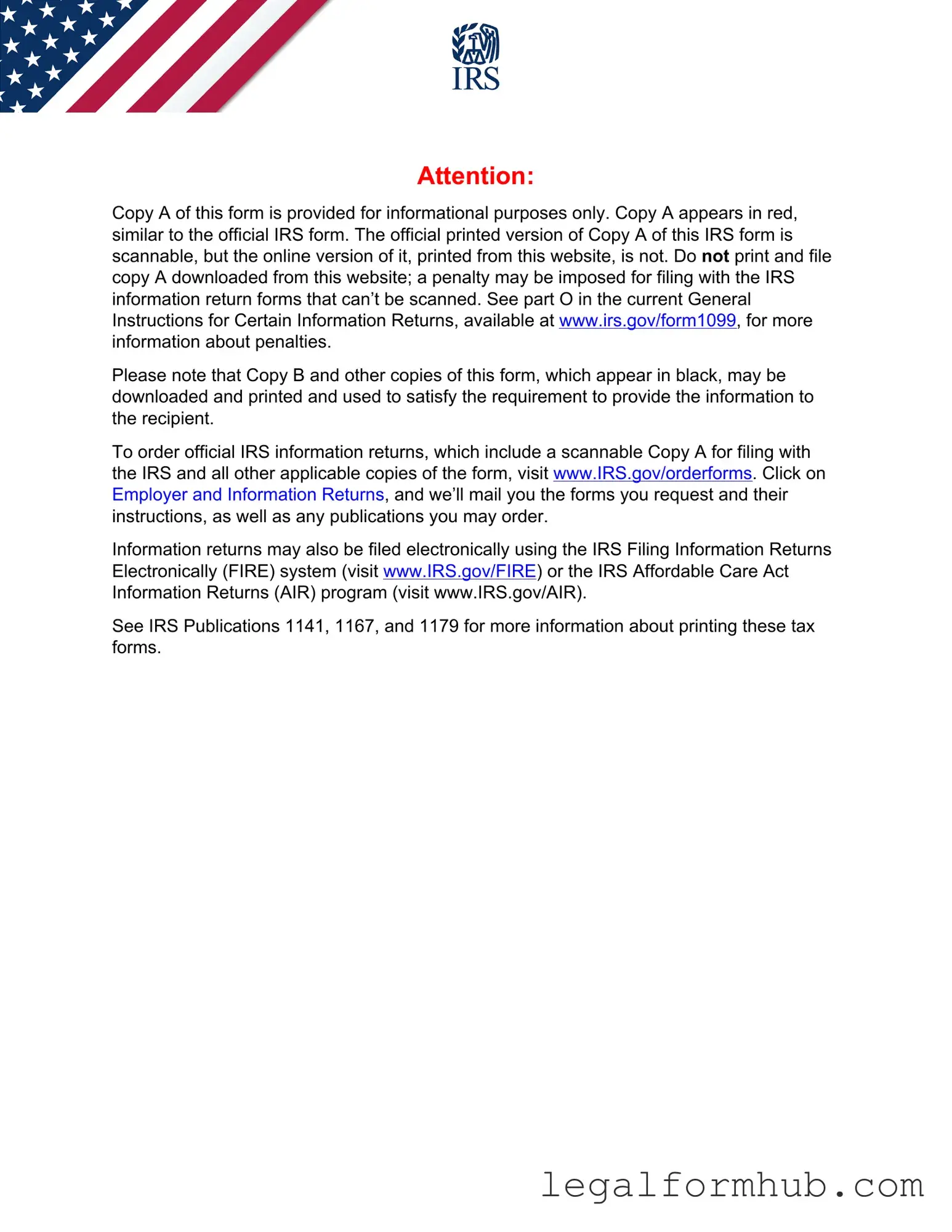The 1099-MISC form is similar to the 1099-NEC form in that both are used to report various types of income other than wages, salaries, or tips. The 1099-MISC form covers a broader range of payments, including rents, prizes, and awards. While the 1099-NEC specifically focuses on nonemployee compensation, the 1099-MISC can also report payments to independent contractors, but it is less commonly used for that purpose since the introduction of the 1099-NEC. Both forms require the payer to provide information to the IRS and the recipient, ensuring transparency in income reporting.
The 1099-INT form is another document that shares similarities with the 1099-NEC. This form is used to report interest income earned by individuals. If a person earns more than $10 in interest from a bank or financial institution, that institution must issue a 1099-INT. Like the 1099-NEC, it requires the payer to report the income to both the IRS and the recipient. While the nature of the income is different, both forms serve the purpose of keeping track of earnings that are not tied to traditional employment.
The 1099-DIV form is also akin to the 1099-NEC, as it reports dividend income received by shareholders. Companies that pay dividends must issue a 1099-DIV if the total dividends exceed $10. Similar to the 1099-NEC, this form ensures that the IRS is informed about the income recipients receive from investments. Both forms help taxpayers accurately report their income on tax returns and comply with federal tax regulations.
The 1099-R form is relevant for reporting distributions from retirement accounts. If an individual withdraws money from a pension, IRA, or other retirement plan, the financial institution must provide a 1099-R. This form, like the 1099-NEC, is essential for reporting income that is not derived from employment. Both forms require the payer to report to the IRS and the recipient, ensuring accurate tax filings.
To successfully establish a corporation in Ohio, it is essential to understand the significance of the legal document known as the Articles of Incorporation. For those seeking information on necessary procedures, the Ohio Articles of Incorporation form guide provides valuable insights into the requirements and steps involved.
The 1099-G form is used to report certain government payments, such as unemployment compensation or state tax refunds. Similar to the 1099-NEC, the 1099-G ensures that recipients report these payments as income on their tax returns. Both forms serve the purpose of documenting income that may not be subject to traditional withholding, allowing the IRS to track potential tax liabilities.
Lastly, the 1099-C form is issued when a debt is canceled or forgiven. This form is essential for reporting canceled debt as income, which can impact a taxpayer’s financial situation. Like the 1099-NEC, the 1099-C requires the payer to report the information to both the IRS and the recipient. Both forms highlight income that may not come from conventional employment, emphasizing the importance of accurate reporting for tax purposes.
